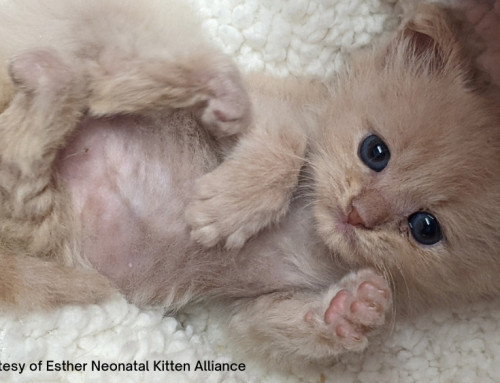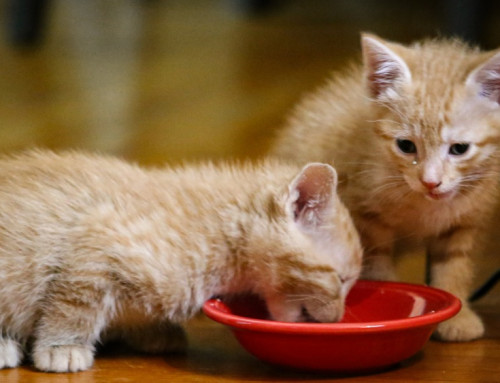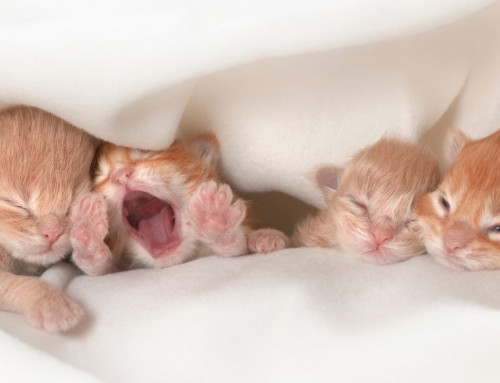Share this resource or email it to a friend!
Community cats may be feral cats living outdoors who are fearful of people or stray cats who are lost or abandoned pet cats and at one point weren’t fearful of people.
Trap-Neuter-Return (TNR), when done strategically and sustained over time for a colony, is an essential tool to decrease the numbers of feral community cats, improve their health and reduce disease concerns and nuisance behaviors. TNR involves humanely trapping, spaying or neutering, vaccinating against rabies, ear-tipping (the universal sign of a TNRed cat) and returning healthy feral cats to their safe outdoor home.
It’s best to try to determine whether a cat is feral or stray by observing their behavior before trapping them; most will be very scared in a trap.
Feral cats typically live in groups, known as colonies, consisting of females and their female offspring. Once kittens reach puberty, males leave the group to find mates. Once neutered and if there are enough resources, some males may return to live in their colony.
Feral cats have learned to survive outdoors. They typically live near people where food, available from a restaurant dumpster or kind-hearted person, and shelter are available. However, they avoid people because they are afraid of them. They don’t typically communicate with people by meowing.
Stray cats may join a colony; if they haven’t learned to survive on their own, they may appear unkempt depending on how long they’ve been lost or abandoned. They may be cautious or may beg for contact, meowing and rubbing against someone’s leg.
Whereas feral adult cats are too fearful to live as pets, stray cats can usually readjust to living as pets. Feral kittens who are young enough can be socialized and adopted into homes. Fosters who open their homes and hearts to feral kittens are rewarded many times over.
For years, feral cats were killed because they couldn’t be adopted as pets. That did nothing to decrease their numbers or improve life for cats, people and birds and other wildlife. Nowadays, TNR is practiced globally; it’s recognized as a humane and effective strategy to manage feral community cats by national and international animal welfare organizations (the Humane Society of the United States, the ASPCA, Best Friends Animal Society), animal shelters and rescue groups (the National Animal Control Association, the Association of Shelter Veterinarians), veterinarians (the American Animal Hospital Association, the American Association of Feline Practitioners), veterinary colleges, municipal officials and more.
Once rehomed, some stray cats may need time and patience for their pet personality to return. A quiet, separate room will help them slowly readiust. These tips will help make life indoors healthy and happy for cats. And, when cats are healthy and happy, so are their families.










